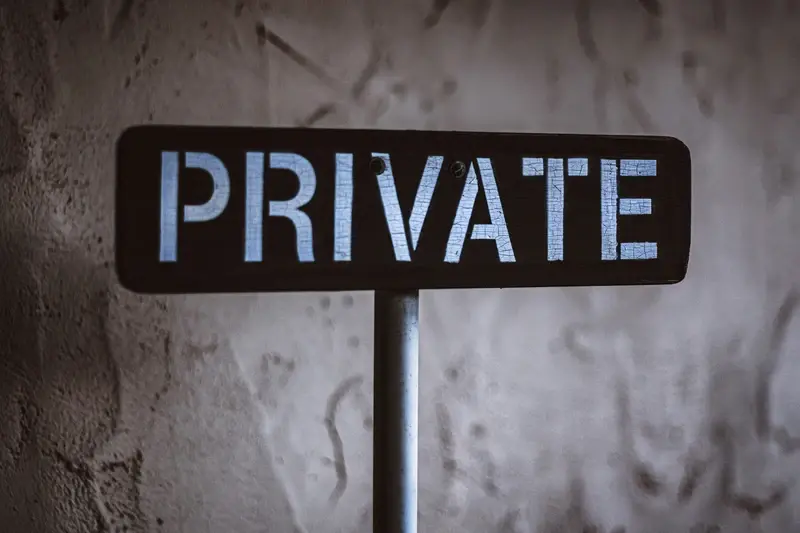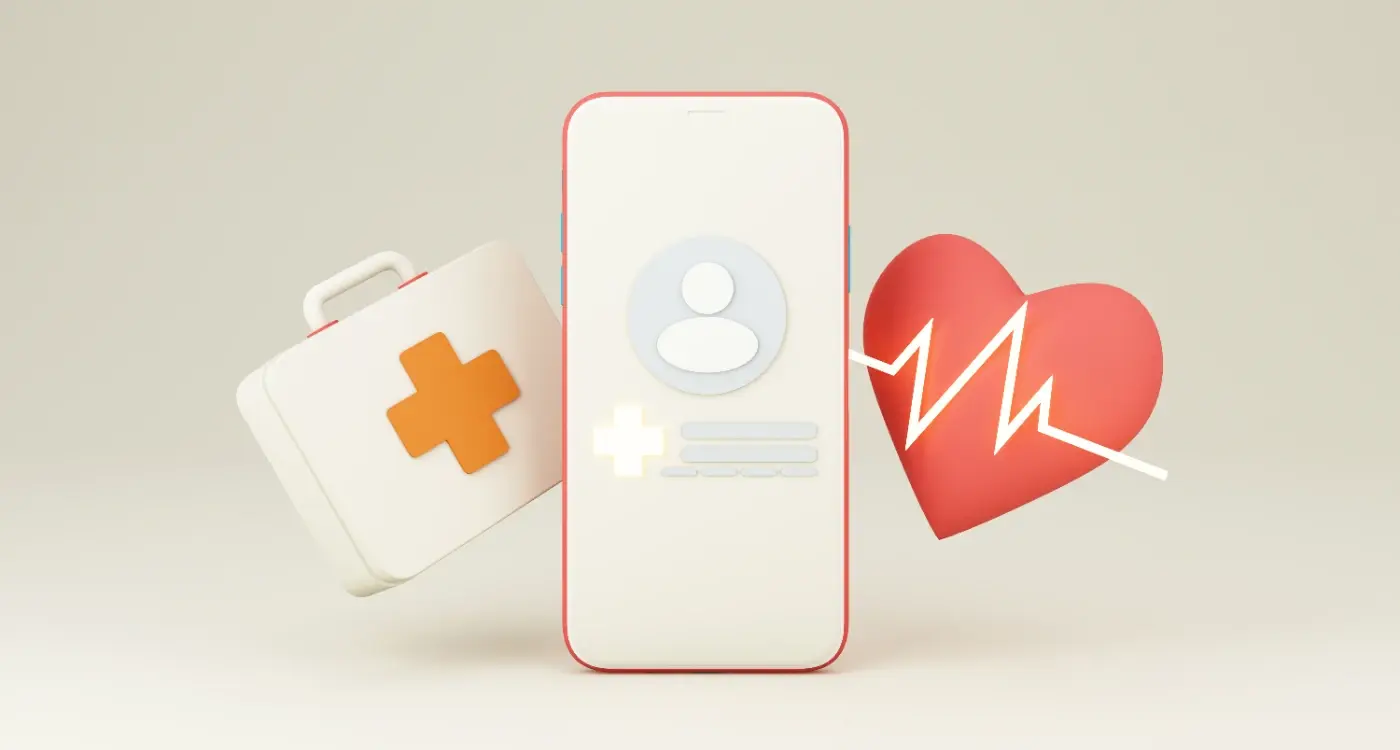How Do Copyright Laws Affect Mobile App Development?
Picture this: you've just spent months perfecting your brilliant mobile app idea, poured your heart and savings into development, and you're ready to launch. Then someone sends you a legal letter claiming you've stolen their code—or worse, Apple rejects your app from the App Store because of copyright issues you didn't even know existed. This scenario plays out more often than you'd think, and it's absolutely preventable with the right knowledge.
Copyright laws touch every single aspect of mobile app development, from the code you write to the images you use, the music that plays in your app, and even the content your users create. Many developers think copyright is just about not copying other people's work, but it's far more complex than that. The legal landscape for mobile apps involves multiple layers of intellectual property protection, licensing agreements, and compliance requirements that can make or break your project.
Copyright infringement in mobile apps isn't just about deliberate copying—it's often about not understanding what rights you actually have to the content and code in your app
Whether you're a solo developer building your first app or part of a larger development team, understanding how copyright laws affect your work isn't optional anymore. App stores have strict policies, users are more aware of their rights, and the legal consequences of getting it wrong can be severe. This guide will walk you through everything you need to know about copyright in mobile app development—from protecting your own work to avoiding costly legal mistakes that could derail your entire project.
Understanding Copyright Basics for Mobile Apps
Copyright law might sound boring, but when you're building mobile apps it becomes your best friend—and sometimes your worst enemy if you get it wrong. I've seen too many developers jump straight into coding without understanding the basics, only to face problems later that could have been avoided with a bit of early planning.
Copyright automatically protects original creative works the moment they're created and fixed in a tangible form. For mobile apps, this means your code, graphics, music, text, and even the app's overall design can all be protected by copyright. You don't need to register anything or put those © symbols everywhere; protection happens automatically.
What Copyright Covers in Mobile Apps
- Source code and programming logic
- User interface designs and layouts
- Graphics, icons, and visual elements
- Audio files, music, and sound effects
- Written content like help text or descriptions
- Database structures and content organisation
The tricky bit is that copyright doesn't protect ideas—only the expression of those ideas. So whilst you can't copyright the concept of a food delivery app, you can protect the specific way you've coded it, designed the interface, or written the marketing copy.
Duration and Ownership
Copyright typically lasts for the creator's lifetime plus 70 years, though this varies by country. Ownership usually belongs to whoever created the work, but things get complicated when you're working with employees, contractors, or using third-party content. If you're employing developers, their work generally belongs to your company; but if you're using freelancers, you'll need proper contracts to transfer ownership to you.
Understanding these basics will save you headaches down the road and help you make better decisions about what content you can safely use in your app.
Code Ownership and Developer Rights
When you hire someone to build your mobile app, who actually owns the code they write? This question catches many people off guard, but it's one of the most important aspects of copyright laws in mobile app development. The answer isn't as straightforward as you might think.
By default, the person who writes the code owns the copyright to that code. This means if you hire a freelance developer or an agency to build your app, they technically own the intellectual property unless you have a proper agreement in place. This can create serious problems down the line—what happens if you want to update your app but can't reach your original developer?
Work for Hire vs Independent Contractors
The legal concept of "work for hire" is what protects you here. When developers are your employees, the code they write automatically belongs to your company. But when you're working with freelancers or agencies, you need written agreements that transfer ownership to you. These contracts should clearly state that all code, designs, and related intellectual property become yours upon payment.
Some developers prefer to retain certain rights to reuse generic components or frameworks they've created. This isn't necessarily bad—it can actually keep costs down—but you need to understand exactly what you're getting and what remains theirs.
Always get a written contract that explicitly transfers code ownership to you before any development work begins. Don't assume you'll own the code just because you're paying for it.
Protecting Your Investment
Smart app owners also ask for source code access and documentation throughout the development process. This protects your investment and ensures you're not locked into working with one developer forever. Your developer rights should include the ability to modify, update, and even hire other developers to work on your app in the future.
Third-Party Content and Licensing
When you're building a mobile app, you'll probably want to use content that other people have created. This could be music, photos, videos, fonts, or even bits of code. But here's the thing—just because something exists on the internet doesn't mean you can freely use it in your app.
Every piece of creative work is automatically protected by copyright the moment it's made. That photo you found on Google Images? It belongs to someone. The catchy tune you want as background music? Someone wrote and recorded it. Using these without permission can land you in serious legal trouble.
Getting the Right Licences
The good news is that you don't need to create everything from scratch. You can legally use third-party content by getting the proper licences. Think of a licence as official permission to use someone else's work in your app.
Stock photo websites like Shutterstock or Unsplash offer licences for images. Music libraries provide tracks you can licence for apps. Some licences are free, others cost money—it depends on how you plan to use the content and whether your app makes money.
What to Watch Out For
Always read the licence terms carefully. Some licences only allow personal use, not commercial use. Others might restrict how many times you can use the content or require you to give credit to the original creator.
Here are the most common types of licences you'll encounter:
- Royalty-free licences (pay once, use multiple times)
- Rights-managed licences (specific usage terms and fees)
- Creative Commons licences (various levels of free use)
- Commercial licences (for business use)
Keep detailed records of every licence you purchase. Your legal team will thank you later, and app stores often require proof of licensing during the review process.
Open Source Software in App Development
Open source software is everywhere in mobile app development—it's like the building blocks that help developers create apps faster and more efficiently. When you use open source code, you're borrowing someone else's work that they've made freely available for everyone to use. Sounds brilliant, right? Well, it can be, but there are some copyright rules you need to follow.
The good news is that open source doesn't mean "no rules." Each piece of open source software comes with something called a licence, which tells you exactly what you can and can't do with it. Some licences are very relaxed and let you use the code however you want; others have stricter requirements that might affect your entire app.
Understanding Open Source Licences
The MIT licence is probably the most developer-friendly—you can use the code commercially, modify it, and distribute it as long as you include the original copyright notice. The GPL licence is trickier because it requires you to make your entire app's source code available if you distribute it, which most commercial app developers want to avoid.
Understanding your licence obligations isn't just about legal compliance—it's about respecting the community that makes open source development possible
Keeping Track of Your Dependencies
Most apps use dozens of open source libraries, and each one might have different licence requirements. Smart developers keep a detailed list of every open source component they use, along with its licence terms. This documentation becomes incredibly valuable when app stores ask for compliance information or when you're selling your app to another company. Remember, ignorance isn't a defence when it comes to copyright laws—even if you didn't realise a library had specific requirements, you're still responsible for following them.
User-Generated Content and Liability
When users start uploading photos, videos, reviews, or comments to your app, you're stepping into tricky territory. That content they're sharing? It might belong to someone else entirely, and guess who could end up facing the legal music if things go wrong.
Let's be clear about this—just because someone uploads content to your app doesn't mean they own it. Users regularly share copyrighted images they've found online, post videos containing music they don't have rights to, or upload content that belongs to their employer. The problem is, as the app owner, you could be held responsible for hosting this infringing material.
Your Legal Shield
The good news is there are protections available, particularly the Digital Millennium Copyright Act (DMCA) safe harbour provisions. These can shield you from liability—but only if you follow the rules properly. You need clear terms of service that prohibit copyright infringement, a system for handling takedown requests, and you must act quickly when legitimate complaints come in.
Building Your Defence Strategy
Here's what you need to implement:
- Robust terms of service requiring users to confirm they own or have permission for uploaded content
- A clear copyright policy explaining consequences for infringement
- Easy-to-find reporting mechanisms for copyright holders
- Content moderation systems that can flag potentially problematic uploads
- Quick response procedures for takedown notices
The key is being proactive rather than reactive. Build these protections into your app from day one—it's much harder to retrofit them later when you're already dealing with copyright complaints and angry lawyers.
App Store Requirements and Copyright Compliance
Getting your app approved by Apple's App Store or Google Play isn't just about having great features—both platforms have strict copyright rules that can make or break your submission. I've seen brilliant apps rejected simply because developers didn't understand these requirements, which is frustrating for everyone involved.
The App Store review process includes checking for copyright violations. This means every piece of content in your app gets scrutinised: images, music, fonts, and even code libraries. If you're using someone else's work without proper licensing, your app will be rejected faster than you can say "intellectual property". Both Apple and Google have teams dedicated to spotting unauthorised content, and they're getting better at it.
Key Compliance Requirements
You need to provide proof of licensing for any third-party content. This includes screenshots showing you own premium stock photos, documentation for music tracks, and evidence that you have rights to use specific fonts or graphics. Keep these files organised—you might need them during the review process or if questions arise later.
App stores also require you to respect trademark laws. Using another company's logo, brand name, or protected imagery without permission will result in immediate rejection. This extends to app descriptions and keywords too; you can't use competitors' brand names to boost your visibility.
Create a compliance checklist before submitting your app. Document the source and licensing status of every asset, from icons to background music—this will save you weeks if questions arise during review.
Remember that copyright compliance doesn't end at approval. Both platforms can remove apps from their stores if copyright holders file complaints later, so maintaining proper documentation throughout your app's lifecycle protects your investment.
International Copyright Considerations
When you're developing an app that'll be available across different countries, copyright gets a bit more complicated. Each country has its own copyright laws, and what's perfectly legal in one place might land you in hot water somewhere else.
The good news is that most countries follow something called the Berne Convention—this means they recognise each other's copyrights. So if you own the copyright to something in the UK, it's automatically protected in over 170 other countries too. But here's where it gets tricky: the rules about what you can and can't do with that copyrighted material vary quite a bit.
Fair Use vs Fair Dealing
In America, they have something called "fair use" which is quite broad and flexible. You might be able to use small bits of copyrighted content for things like commentary or education. But in the UK and many other countries, we have "fair dealing" which is much more restrictive—it only covers specific situations like research, criticism, or news reporting.
This means if your app uses any copyrighted content, you can't just assume what works in one country will work everywhere else. I've seen developers get caught out by this more times than I care to count.
Different Rules for Different Content
Music licensing is particularly messy internationally. Each country has different collecting societies and rates. Images, fonts, and even colour schemes can have different protection levels depending where you are.
My advice? If you're going global, get legal advice early and often. It's much cheaper than dealing with copyright infringement claims later on. Consider getting separate licences for different regions if you're using third-party content—it might seem like extra work, but it'll save you headaches down the line.
Protecting Your App's Intellectual Property
I've seen too many developers put months of work into building something brilliant, only to watch competitors copy their ideas and launch faster. It's heartbreaking, really—and completely avoidable if you know how to protect your app's intellectual property properly.
The moment you write your first line of code, you automatically own the copyright to it. That's the good news. The bad news? Copyright alone won't stop someone from creating a similar app or using your general concept. You need a proper strategy that goes beyond just relying on copyright laws.
Register Your Trademarks Early
Your app name, logo, and any unique branding elements can be trademarked; this gives you much stronger protection than copyright alone. File trademark applications as early as possible—ideally before you launch. I've worked with clients who waited too long and found their perfect app name already taken by someone else.
Document Everything Properly
Keep detailed records of your development process, including design mockups, feature specifications, and code commits with timestamps. This documentation becomes your proof of creation if disputes arise. Store everything securely and consider using version control systems that maintain clear history records.
The best intellectual property protection is a combination of legal safeguards and smart business practices—you can't rely on just one approach
Consider filing for design patents if your app has unique visual elements or user interface innovations. While more expensive than trademarks, design patents offer stronger protection for specific visual features. Remember that protecting intellectual property isn't just about stopping copycats—it's about building valuable business assets that investors and buyers will recognise.
Conclusion
Copyright law touches every part of mobile app development—from the very first line of code you write to the moment users start uploading their own content. I've seen too many developers treat copyright as an afterthought, only to face problems later when their app gains traction. The truth is, getting your copyright approach right from the start saves you headaches and protects your business.
The key areas we've covered all work together. Your code ownership agreements need to be watertight; your third-party content must be properly licensed; open source components require careful consideration of their terms. User-generated content policies protect you from liability, whilst app store compliance keeps you published. Don't forget that copyright laws vary by country—what works in the UK might not fly elsewhere.
Building copyright awareness into your development process isn't just about avoiding lawsuits (though that's important too!). It's about creating a sustainable business that respects creators' rights whilst protecting your own intellectual property. When you handle copyright properly, you build trust with users, partners, and investors.
My advice? Start treating copyright as part of your technical architecture, not just legal paperwork. Review your practices regularly, keep your licenses organised, and don't be afraid to get professional legal advice when you're unsure. The small investment you make in getting copyright right will pay dividends as your app grows and succeeds in the marketplace.
Share this
Subscribe To Our Learning Centre
You May Also Like
These Related Guides

What Consent Do I Need to Get From My App Users?

Do I Need FDA or MHRA Approval For My Healthcare App?



